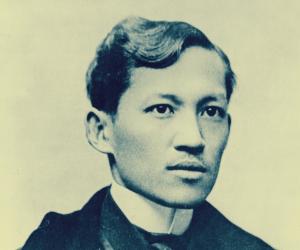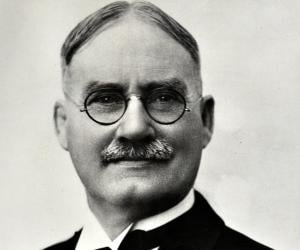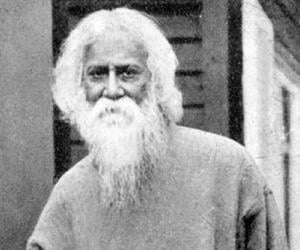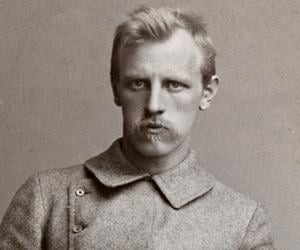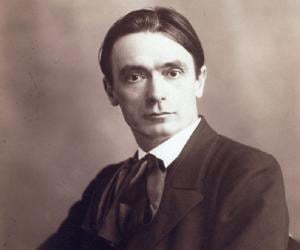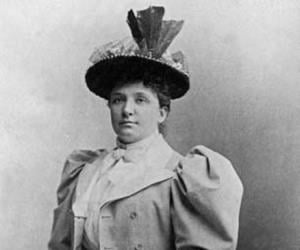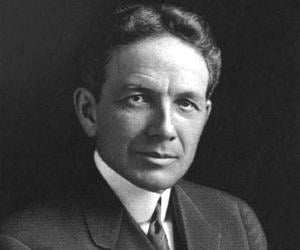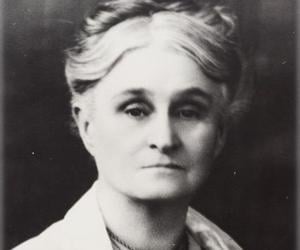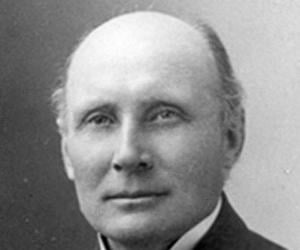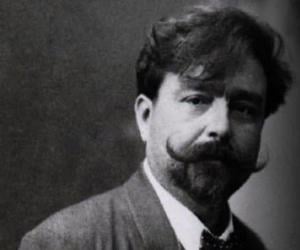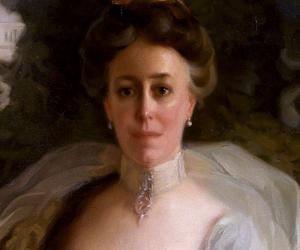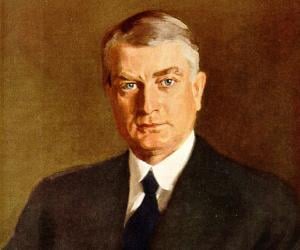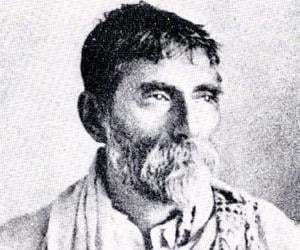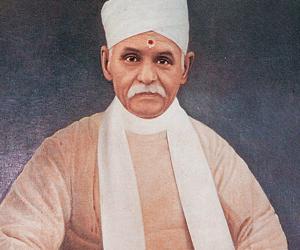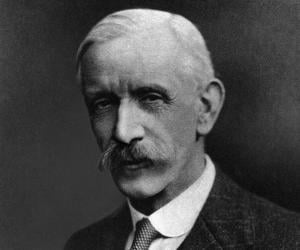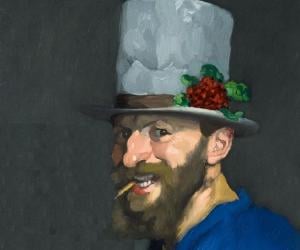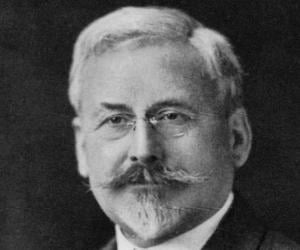Jose Rizal was a Filipino polymath and nationalist. An ophthalmologist by profession, Rizal turned towards writing and inspired the Philippine Revolution through his writings. The revolution eventually led to Philippine independence and Rizal became a national hero. His life has inspired several biographical films and TV series.
Rabindranath Tagore was an Indian polymath who contributed greatly to the fields of literature, art, and philosophy. Referred to as the Bard of Bengal, Tagore is credited with reshaping Bengali literature and music. The first non-European to receive the Nobel Prize in Literature, Tagore is also credited with composing the national anthems of India and Bangladesh.
Fridtjof Nansen was a Norwegian polymath who won the prestigious Nobel Peace Prize in 1922 for his post-war efforts after the First World War. A well-known explorer, humanitarian, and diplomat, Nansen achieved international fame for his attempt to reach the geographical North Pole during his Fram expedition. His techniques and innovations influenced a generation of succeeding Antarctic and Arctic expeditions.
Austrian philosopher and architect and Rudolf Steiner gained fame as a literary critic and published works such as The Philosophy of Freedom. His interests included esotericism and clairvoyance. He termed his work spiritual science. He designed the Goetheanum and also laid down concepts such as Waldorf education and biodynamic agriculture.
Nellie Melba was an Australian singer. One of the most popular singers of the early 20th century, Melba was the first Australian classical musician to achieve international recognition. Also known for her charity work during the First World War, Nellie Melba was made Dame Commander of the Order of the British Empire in 1918.
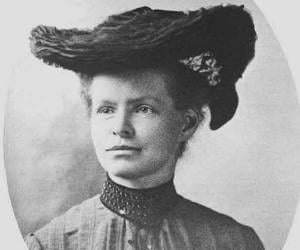
Nettie Stevens was an American geneticist. She is credited with discovering sex chromosomes which later came to be known as the X and Y chromosomes. In 1994, Nettie Stevens was inducted into the National Women's Hall of Fame.
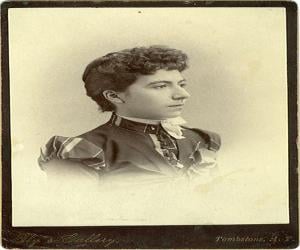
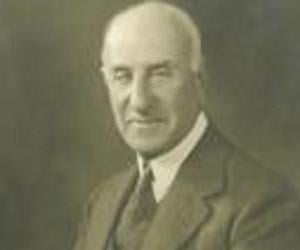
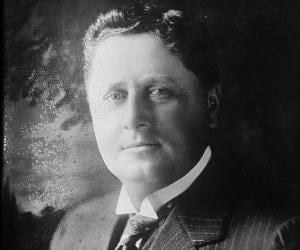
Edith Cowan was an Australian social reformer best remembered for serving as a member of parliament; she was the first Australian woman to do so. She is also remembered for working for the welfare and rights of children and women. In recognition of her contribution, Cowan has been depicted on Australia's fifty-dollar note since 1995.
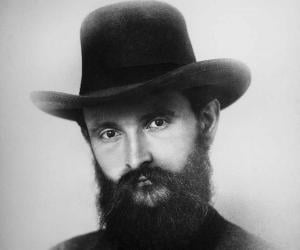
The founder of the German engineering and technological MNC Bosch, Robert Bosch was born to a farmer in a south Germany village. He is also remembered as one of the first Germans to introduce 8-hour work days. He also invented the high-voltage spark plug and magneto for automobiles.
Alfred North Whitehead was a British mathematician and philosopher, best known for his collaboration with his student Bertrand Russell on Principal of Mathematics, a three-volume work on the foundations of mathematics. Also known for his pioneering works on process philosophy and metaphysics, he is credited with developing a comprehensive metaphysical system that differs from most Western philosophies.
Isaac Albeniz was a Spanish composer, conductor, and virtuoso pianist. Widely regarded as one of the most important composers of the Post-Romantic era, Albeniz had a strong influence on younger composers as well as his contemporaries. Many of his personal papers are preserved in several prominent institutions, such as the Library of Catalonia.
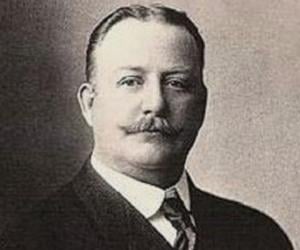
Frederic Remington was an American sculptor, painter, illustrator, and writer. Best remembered for his depictions of the Western United States, Remington is a member of several cowboy halls of fame, including the Texas Trail Hall of Fame. Frederic Remington was regarded as one of the most successful and popular Western illustrators during the late 19th century and early 20th century.

Initially a professional illusionist and later a film director, Georges Méliès became interested in motion pictures after watching the first real film made by Lumière brothers. Realizing the potential of film-making as an art, he soon started experimenting, making technical and narrative developments. Among the 400 films he made were Christ Walking on Water, A Trip to the Moon etc
Physician and surgeon William James Mayo is best-known as a principal co-founder of the non-profit American academic medical center Mayo Clinic. Son of British-American medical-doctor and chemist William Worrall Mayo, William James and his brother, Charles Horace Mayo, joined the sole-proprietorship medical practice of their father, which developed under them and other doctors intothe Mayo Clinic.
Indian Bengali chemist Prafulla Chandra Ray founded the country’s first pharma company, Bengal Chemicals. Educated in Calcutta and Edinburgh, he later worked from his home, a room on the first floor of the college where he taught. Knighted for his achievements, he donated generous sums to the Brahmo Samaj initiatives.
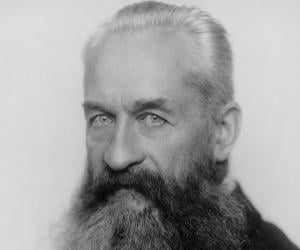
Russian statesman Georgy Lvov created history by becoming the first prime minister of the Russian provisional government formed during the 1917 February Revolution. A qualified lawyer, he worked in civil service for a few years, before joining the Kadet Party, or the Constitutional Democratic Party.
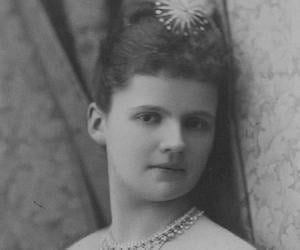
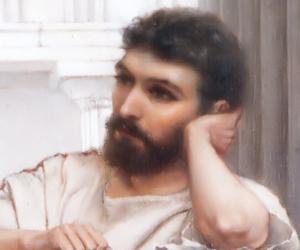
Madan Mohan Malaviya was an Indian educational reformer and politician. He is best remembered for playing an important role in India's freedom struggle. He served as the president of the Indian National Congress on three occasions and founded a political party named Akhil Bharatiya Hindu Mahasabha. He also co-founded Central Hindu College and worked towards promoting modern education in India.
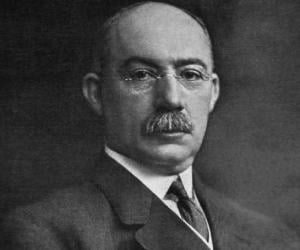
Best known for creating the Gantt Chart, a management tool used for scheduling tasks, mechanical engineer Henry Gantt had been a disciple and colleague of Frederick W. Taylor. He also prepared ground for the Human Relations School of management and spoke about the social responsibility of business.

Erich von Falkenhayn was a war leader who played a major role during World War I where he served as the Chief of the German General Staff from 1914 to 1916. He also served as the Prussian Minister of War from 1913 to 1915. Although his reputation was attacked by certain groups, many regard Falkenhayn as a great German general.
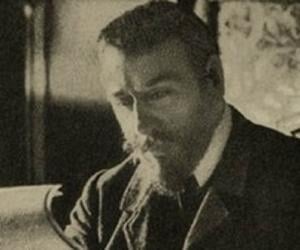
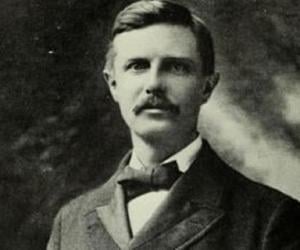
Frederick Jackson Turner was an American historian who was closely associated with the University of Wisconsin as well as Harvard University. Turner is credited with training and mentoring several PhDs who went on to become respected historians in their own right. Best remembered for his Frontier Thesis, Frederick Jackson Turner had a strong influence on historians, novelists, and filmmakers.
Frederick Gowland Hopkins was an English biochemist whose discovery of vitamins earned him the prestigious 1929 Nobel Prize in Physiology or Medicine. He also received other prestigious awards like the Royal Medal and Copley Medal. He is also credited with discovering the amino acid tryptophan. From 1930 to 1935, Frederick Gowland Hopkins served as the President of the Royal Society.
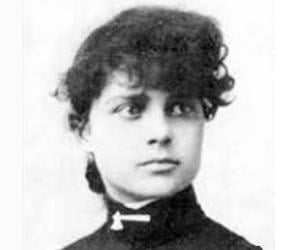
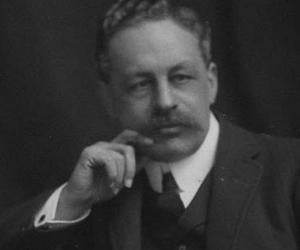
Halford Mackinder was an English geographer, politician, and academic. He is considered one of the founding fathers of geostrategy as well as geopolitics. Mackinder’s work helped establish geography as a separate discipline in the UK. An influential academic, Halford Mackinder held important positions in popular universities, including the University Extension College and the London School of Economics.
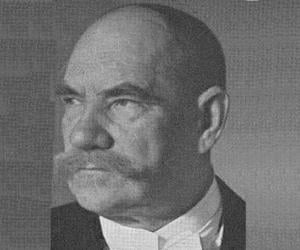
The 3rd president of Finland, Pehr Evind Svinhufvud had also previously been the country’s prime minister twice. A rightist politician and a National Coalition Party member, he had a huge role in crushing Finland’s Communist Party. Initially a lawyer and judge, he later led the Finnish independence movement.
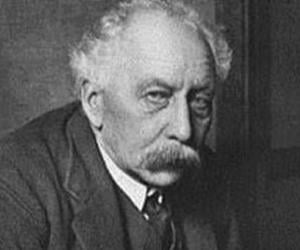
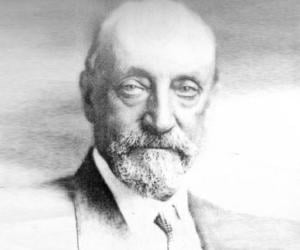
Born to actor Helena Modjeska, Polish-American engineer Ralph Modjeski was a talented pianist in his younger days. He later worked on the railroad bridge across the Mississippi and also re-designed the Quebec Bridge after a major disaster. Over his illustrious career, he had designed over 50 major bridges.

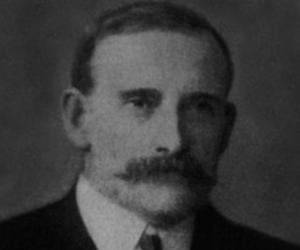
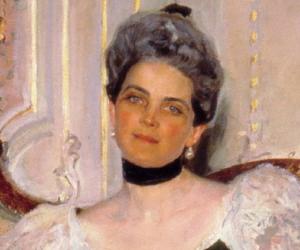
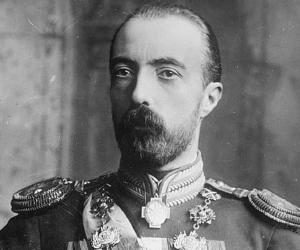
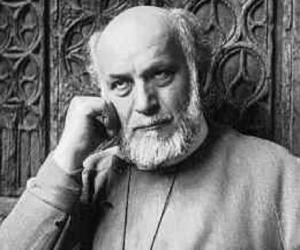
Antoine Bourdelle was a French sculptor and teacher. A prominent personality in the Art Deco movement, Bourdelle played a major role during the transition to modern sculpture from the Beaux-Arts style. A prolific and influential teacher, Antoine Bourdelle is credited with mentoring several future sculptors like Alberto Giacometti, Athanase Apartis, and Josefina de Vasconcellos.
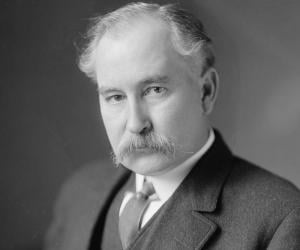
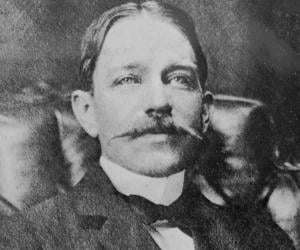

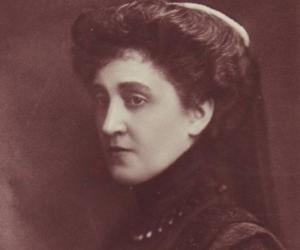
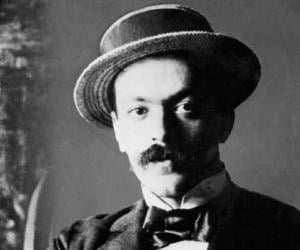
Italo Svevo was an Italian writer, playwright, novelist, short story writer, and businessman. Svevo was regarded as a pioneer of psychological fiction. He is remembered for his work La coscienza di Zeno, which is considered his magnum opus. Svevo is widely regarded as an important writer of the 20th century whose works had an influence on later generations of writers.
Born in Switzerland, Charles Édouard Guillaume grew up to win the Nobel Prize in Physics for his discovery of the nickel-steel alloys invar and elinva. He also served the International Bureau of Weights and Measures as its director, while his research covered horology and space radiation, too.
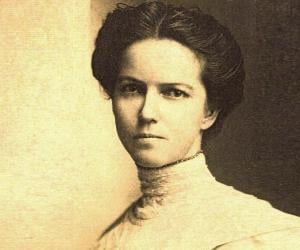

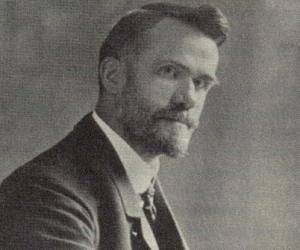
Walter Rauschenbusch was an American Baptist pastor and theologian. He played an important role in the single tax and Social Gospel movements by propagating the importance of theology through his book A Theology for the Social Gospel which he published in 1917. Walter Rauschenbusch's work influenced prominent personalities like Martin Luther King Jr., Norman Thomas, Desmond Tutu, and James McClendon.
